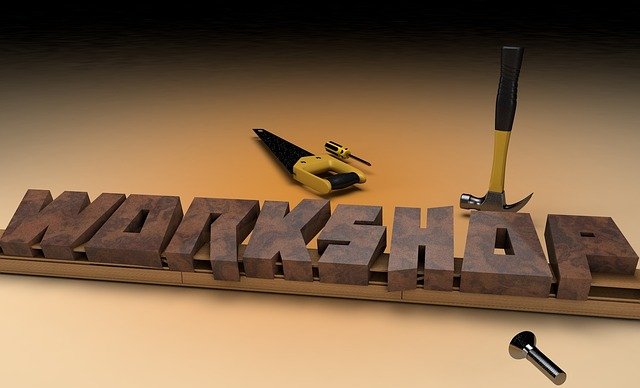DIY Guide: Building and Finishing Wood Shelves and Furniture
Making your own furniture or shelves is a practical way to personalize space, save money, and learn useful skills. This guide walks through material choices, essential tools, construction basics, finishing with paint, and tips to keep pieces durable. Whether you’re fitting a simple floating shelf or assembling a small table, understanding how wood, tools, joinery, and finishes work together will make projects safer and results more satisfying.

What wood should I choose?
Choosing the right wood depends on cost, appearance, and the piece’s function. Softwoods like pine are lightweight and easy to cut, making them popular for shelves and beginner furniture; they accept paint well but dent more easily. Hardwoods such as oak, maple, or birch are stronger and show attractive grain for stained finishes, though they require sharper blades and more effort to plane. For visible shelving consider finger-jointed or veneered plywood to reduce warping. Always acclimate lumber to indoor humidity for a few days before cutting to reduce movement after assembly.
Which tools do I need?
A modest toolkit covers most DIY furniture and shelving: a circular saw or miter saw for straight cuts, a jigsaw for curves, a drill/driver for fasteners, and a random-orbit sander for smoothing. Add measuring tools—tape measure, square, and level—for accuracy. Clamps are crucial for gluing; at least two or four bar clamps make a big difference. For joinery, a router or doweling jig helps create reliable connections. If you don’t own specialty tools, many home centers offer tool rental or local services that can cut and prepare parts to your specifications.
How to build a shelf?
Start with accurate measurements and a simple plan: determine span, load, and mounting method. For wall shelves, use a cleat or brackets anchored into studs; for free-standing shelves, prioritize a sturdy frame and even shelf spacing. Cut parts to size, dry-fit before glue or screws, and sand edges to remove splinters. Use wood glue plus screws for visible strength—pilot holes prevent splitting. If you want hidden fasteners, consider pocket screws or dowels. Test the assembled shelf’s level and load capacity before placing heavier items, and seal exposed edges to reduce moisture absorption.
How to make furniture durable?
Durability begins with good joinery and material selection. Mortise-and-tenon, dowel joints, and well-executed butt joints reinforced with screws or biscuits resist racking. Use hardwood where structural strength matters—legs, rails, or load-bearing supports—and choose plywood for panels to minimize expansion. Finish interior joints to keep out moisture and allow for seasonal wood movement by avoiding fully rigid glue-only connections across wide grain directions. Hardware like corner braces and quality fasteners lengthen life, and regular maintenance (tightening screws, reapplying finish) helps furniture remain functional for years.
How to prepare and apply paint?
Preparation improves both appearance and longevity. Start by filling imperfections with wood filler, then sand progressively with finer grits for a smooth surface. For bare wood, use a suitable primer that improves adhesion and seals tannins, especially on resins or hardwoods. Apply paint in thin, even coats—brushing, rolling, or spraying—sanding lightly between coats for a professional look. Choose paint formulated for furniture or trim for better durability and resistance to scuffs. For shelving, consider semi-gloss or satin finishes in high-use areas; matte finishes hide imperfections but can be harder to clean.
Final considerations: plan projects by balancing aesthetics, structural needs, and budget. Select wood and joinery appropriate for intended use, invest in a few reliable tools or rent specialty equipment from local services when required, and take time on surface preparation and finishing to protect your work. Proper measuring, secure fastening, and thoughtful finishing with paint or stain will result in functional furniture and shelves that remain attractive over time.






